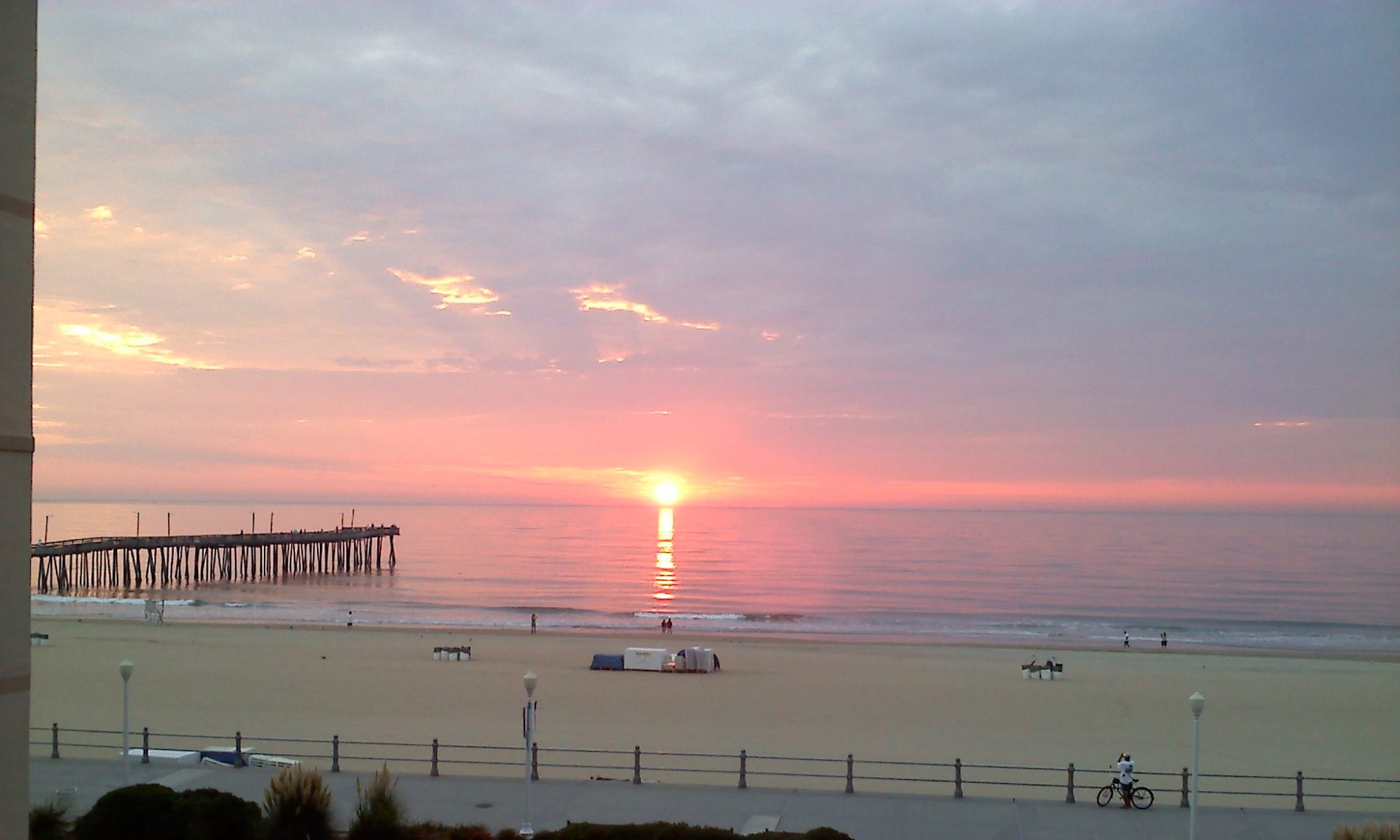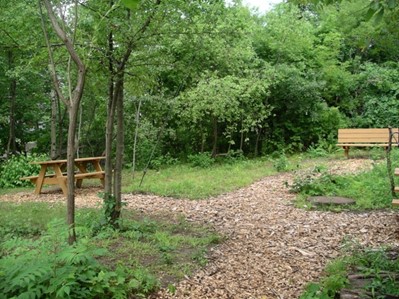Because we all know that the body needs to move some period of time to be healthy (30 minutes a day seems to be the sweet spot for a range of health issues), many of us will find some physical thing to do.
Some of us walk, others choose running, or getting into a sport, or dance or many other things. When we haven’t been active enough, we go to the gym.
It’s the gyms I want to focus on.
This was brought to mind one morning last week. As we were checking in to the gym to do our thing, the person behind the check in desk commented to me, “I know you’re a swimmer. I wanted to give you a heads up that the hot tub is only 70 degrees this morning.”
The phrasing hit me. Not, “I know you swim” but “you are a swimmer.”
There’s a difference, though it might be subtle. I got to thinking about it, and questioning whether or not I could consider myself an athlete. Do I follow a training model when I work out? Yes, when I swim laps, I really use swim workouts mixing up strokes, drilling on technique and all of that. I’m not on a Master’s team or anything, so I don’t have a coach, which means my progress is probably laughable. But since my goal is to be active for 30-40 minutes on weekday mornings rather than competing in anything, I really don’t care but so much. I eventually decided that since I don’t compete or anything I’m not really what you could call an athlete.
Since I don’t care but so much about the competition side of things, why would I bother with the training model? My body doesn’t care. All my body needs is 30 minutes of movement that gets my heart rate up and doesn’t injure me. I’m not unusual in this. Plenty of people who aren’t athletes use a training model in their workouts. So why?
Mostly, I think, it is because in terms of getting in enough movement, it’s all we know. Our gym classes are taught by athletes. Athletes follow training programs. Many of us were involved in sports as children. When we try to get motivation to become active, we might read articles online or hire someone to help guide us. The people that write these articles and are by profession personal trainers? They’re usually athletes.
The problem inherent in this is a cross-purpose of goals. There is an enormous difference in what is required to move half an hour a day to get the heart rate up a bit for a while and what is required or athletic progress
It’s fine to use the athletic model if it keeps you motivated and interested. It’s fine to use it if it works.
But what if that model is discouraging? What if you’re not making enough progress to keep yourself interested? At a certain point, you do hit a physical limit, or a limit to how hard you want to work out and how much time you want to put into this. Elite competitive athletes spend enormous amounts of time and energy, making some lifestyle decisions that have a high emotional cost to go along with it. If that’s what you want to do with your life, it’s a fine choice. But to say it is the better or more moral choice is absurd. You can make a project out of your body, but it’s not the only project you can choose in this life, and it is up to you what you choose.
So, if your choice is just everyday maintenance to keep the body as healthy as you can manage (and isn’t THAT a range in itself!), the athlete model might actually interfere. Why? Unless you’re an athlete, there’s a good chance training like one isn’t going to be worth it to you on any real level.
But, in spite of the message we get from fitness writers, this is not a binary choice between being an athlete and never moving your body. It isn’t necessarily even a choice between using the training model or not when working out.
The choice is making sure your real goal is firmly in mind? Is your real goal to be able to run a 5K under a certain time, or is it to be consistent in getting up every day and moving? Is your real goal being able to lift a certain amount of weight, or is it to make sure you lift heavy things regularly to get or stay strong?
Sure, sure, have goals to motivate you, but don’t let those goals get so out of hand they prevent you from showing up out of discouragement.


 So, here I am on a disused train trestle bridge having my hand held like a daggone three year old while my heart is trying to pound through my chest and I can’t stop myself from looking down through the gaps in the trestle to the Certain Death below.
So, here I am on a disused train trestle bridge having my hand held like a daggone three year old while my heart is trying to pound through my chest and I can’t stop myself from looking down through the gaps in the trestle to the Certain Death below. Enthusiasm for safe and pleasant walking or biking, as well we recreation areas, can be seen even among the improvements put in by locals. At the beginning of the Greenway, just outside of the tunnel under Hanover Street, a young man chose to create a “pocket park” as an Eagle Scout project. As you can see, it looks wonderful and is a great place to hang out and enjoy a little piece of the Mascoma River.
Enthusiasm for safe and pleasant walking or biking, as well we recreation areas, can be seen even among the improvements put in by locals. At the beginning of the Greenway, just outside of the tunnel under Hanover Street, a young man chose to create a “pocket park” as an Eagle Scout project. As you can see, it looks wonderful and is a great place to hang out and enjoy a little piece of the Mascoma River. project, as she’d like to see it completed!
project, as she’d like to see it completed!
